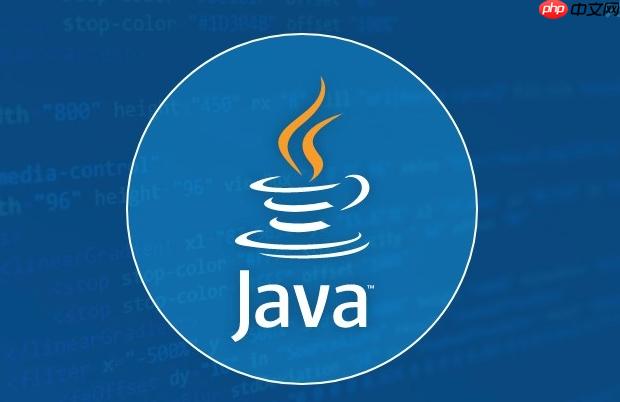使用CompletableFuture实现异步任务链,支持串行、并行组合与异常处理。通过thenApply等方法串联依赖任务,thenCombine或allOf合并并行结果,exceptionally捕获异常并设默认值,结合自定义线程池提升性能与隔离性,使异步流程清晰可控。

在Java中实现异步任务链处理,核心是利用 CompletableFuture。它提供了强大的API来组合多个异步操作,形成有依赖关系的任务链,无需手动管理线程或回调嵌套。
使用 thenApply、thenCompose 等方法可以将多个异步任务按顺序串联。前一个任务完成后的结果作为下一个任务的输入。
示例:CompletableFuture<string> stage1 = CompletableFuture.supplyAsync(() -> "Hello");</string>CompletableFuture<string> stage2 = stage1.thenApply(s -> s + " World");</string>CompletableFuture<string> stage3 = stage2.thenApply(String::toUpperCase);</string>stage3.thenAccept(System.out::println); // 输出: HELLO WORLD每个阶段都会等待前一个完成,适合有明确依赖的场景。
当多个独立任务可以并发执行时,用 thenCombine 或 allOf 合并结果。
立即学习“Java免费学习笔记(深入)”;
示例(合并两个异步结果):CompletableFuture<integer> taskA = CompletableFuture.supplyAsync(() -> 10);</integer>CompletableFuture<integer> taskB = CompletableFuture.supplyAsync(() -> 20);</integer>CompletableFuture<integer> combined = taskA.thenCombine(taskB, Integer::sum);</integer>combined.thenAccept(result -> System.out.println("Sum: " + result)); // 输出: Sum: 30这种方式提升效率,减少总耗时。
异步链中任何环节出错都会导致整个链中断。使用 exceptionally 或 handle 捕获异常并返回默认值或继续流程。
示例:CompletableFuture<string> faulty = CompletableFuture.supplyAsync(() -> {</string> throw new RuntimeException("Failed!");});faulty.exceptionally(ex -> "Fallback Value") .thenAccept(System.out::println); // 输出: Fallback Value避免因单个失败导致整个任务链崩溃。
默认使用ForkJoinPool可能影响性能。为关键任务链指定独立线程池更安全。
示例:ExecutorService customPool = Executors.newFixedThreadPool(4);CompletableFuture<string> chained = CompletableFuture</string> .supplyAsync(() -> "Step1", customPool) .thenApplyAsync(s -> s + " -> Step2", customPool);合理分配资源,防止阻塞公共线程池。
基本上就这些。CompletableFuture让Java的异步编程变得清晰且可控,通过组合不同的方法能应对大多数任务链场景。关键是理解各个“then”方法的区别,比如 thenApply 返回值,thenAccept 用于消费无返回,thenCompose 用于扁平化嵌套的 CompletableFuture。不复杂但容易忽略细节。
以上就是Java中如何实现异步任务链处理的详细内容,更多请关注php中文网其它相关文章!

每个人都需要一台速度更快、更稳定的 PC。随着时间的推移,垃圾文件、旧注册表数据和不必要的后台进程会占用资源并降低性能。幸运的是,许多工具可以让 Windows 保持平稳运行。

Copyright 2014-2025 https://www.php.cn/ All Rights Reserved | php.cn | 湘ICP备2023035733号